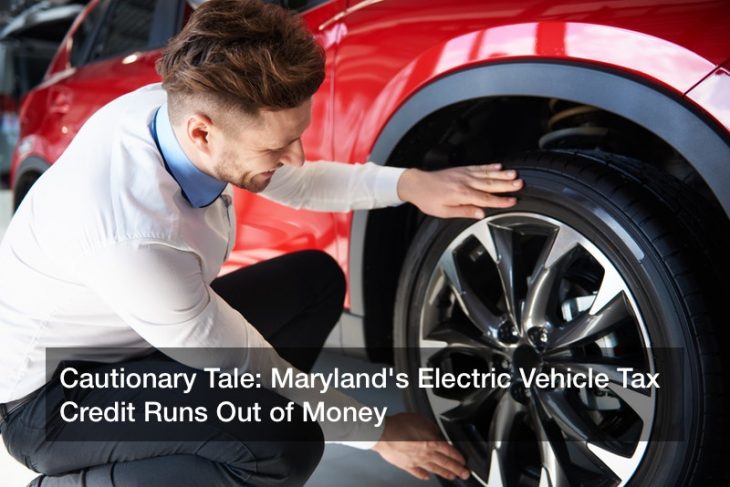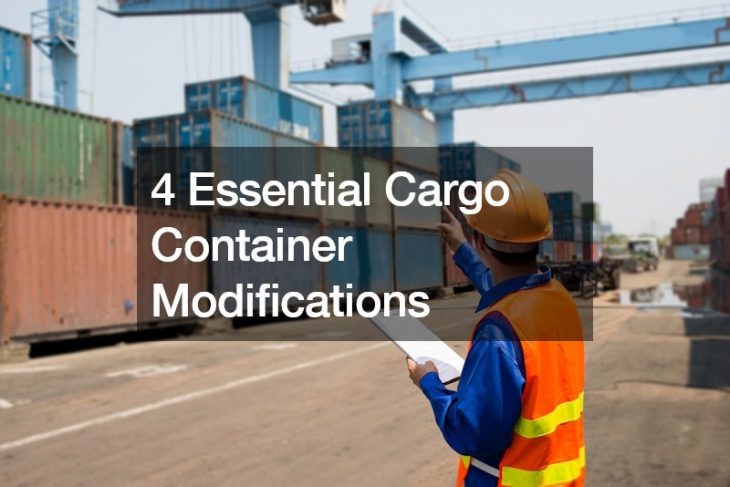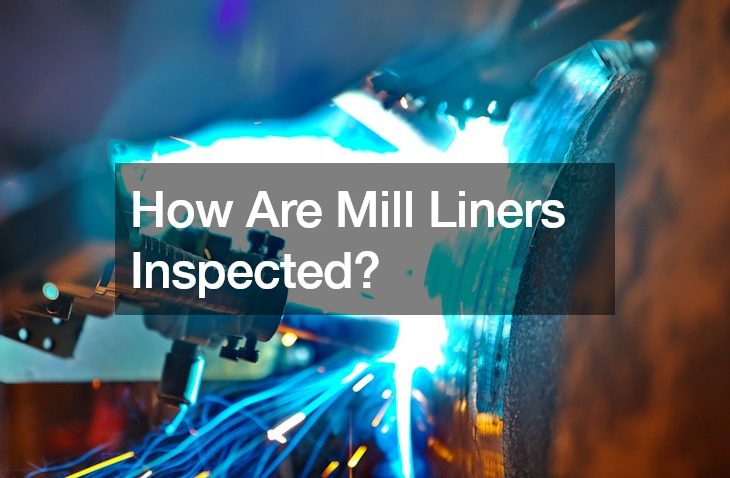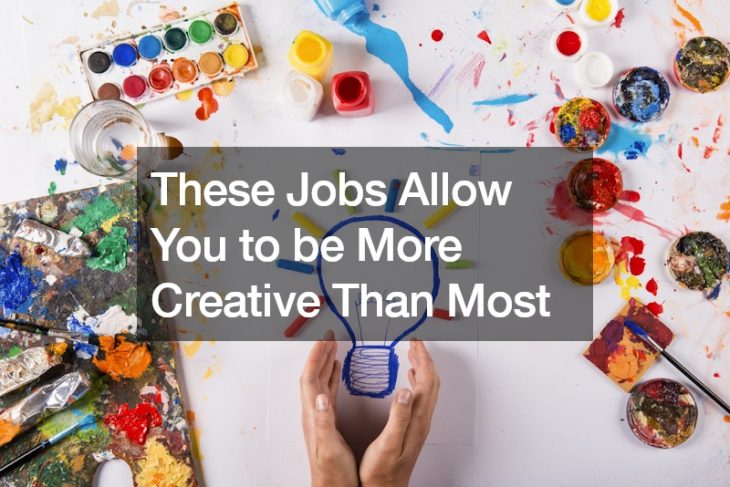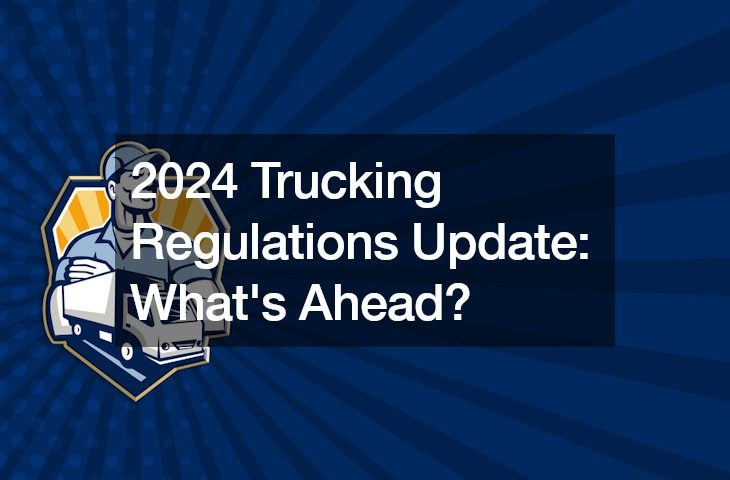
It’s no secret that America’s transit ridership has been on the decline since 2014. However, a recent report released by the Federal Transit Administration’s National Transit Database shows the decline in bus ridership may be more troubling than originally thought.
Between 2016 and 2017, total public transit ridership has decreased by 2.5% and bus ridership has declined by 5%. The Chicago Transit Authority alone has lost more public transit riders since 2014 than all other U.S. agencies have gained in the past nine years.
Although this isn’t the first time public transit numbers have declined, this is the lowest the U.S. has seen its ridership in 30 years. Still, employment rates and population numbers have increased.
One reason for the decline in bus ridership is the increasing number of jobs that enable employees to work from home. Another is that many Americans are turning to their own vehicles or using those as a part of Uber and Lyft.
As a result, more vehicles are on the road leading to an increase in traffic, traffic-related deaths, and air pollutants. Up to 80% of all bumper scratches occur when drivers are parking their own cars.
Additionally, in 2017, more than $4 billion worth of metalworking fluids were expected to be consumed for lubricating the world’s transportation equipment.
It’s clear the U.S. is in need of a reevaluation of its public transit system to reduce the number of cars on the road. But the money needed to improve public transit is limited.
According to the Chicago Tribune, many highway and public transit projects rely on federal funding. But federal funding in recent years has become less reliable due to a rising fuel economy and inflation. Illinois’ mass transit systems alone are significantly underfunded.
The Chicago Metropolitan Agency for Planning has called for homegrown solutions in its regional projects report to create new streams of revenue for public transit projects.
The CMAP decides which projects receive funding up until 2050 including projects that involve horizontal directional drilling, the most cost-effective method for highway bores between 600 ft and 1800 ft in length.
“There’s no free ride, and you don’t get to just invent money,” said CMAP executive director Joseph Szabo. “The soundest policy is for the users of the system, those reaping the benefits of the system, to be the ones to pay for the cost of maintaining and modernizing the system.”
The top projects CMAP is prioritizing right now include a CTA bus rapid transit line and an extension of the Red Line.
The CTA transit line would run from the Red Line’s 79th Street station to the Pace Harvey Transportation Center. The Red Line extension would connect communities with high unemployment rates to downtown jobs and the suburbs.
One project that’s recently made its big debut is the dockless bike share in the South Side of Chicago. The bike share, a six-month pilot, is limited to the neighborhoods of 79th Street. Companies who provide the bikes in the areas will be required after July 1 to use models with built-in cables and U-locks.







